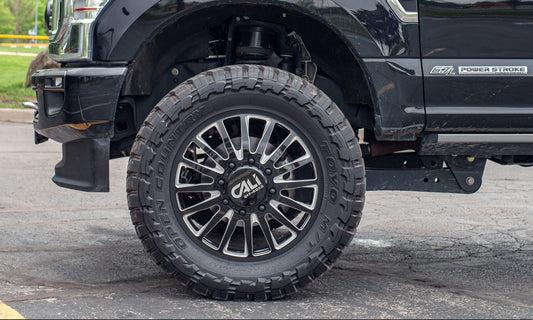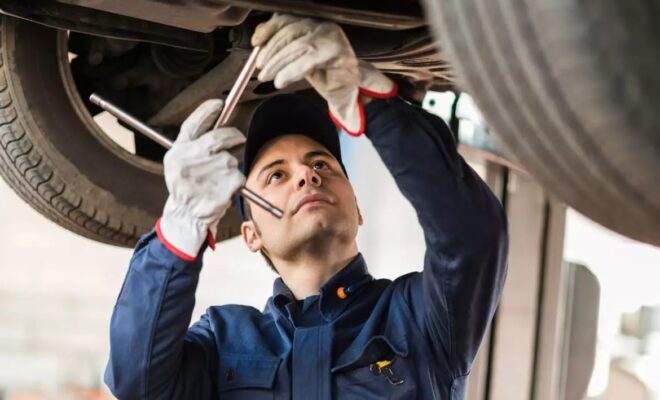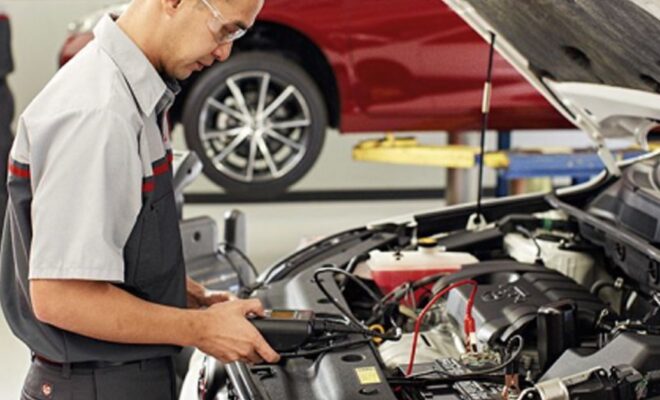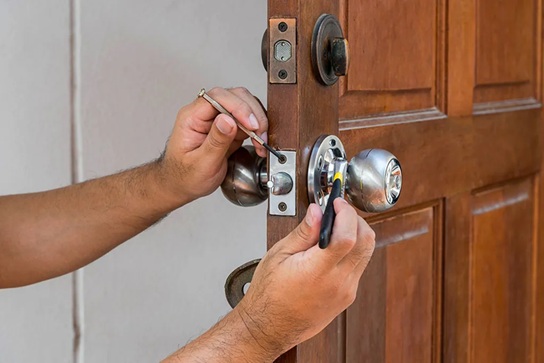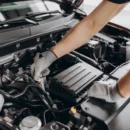The ABCs of DSG: Understanding Your European Car’s Dual-Clutch Transmission

Dual-Clutch Transmissions (DSG) are becoming more popular in European cars due to their efficiency, performance, and comfort. If you own or are considering a European automobile with a DSG transmission, you must understand how it works, its benefits, potential concerns, and maintenance suggestions.
What is a Dual-Clutch Transmission (DSG)?
Automatic Dual-Clutch Transmissions (DSGs) use two clutches for odd and even ratios. This unique design makes gear transitions smoother and faster than automatic transmissions. DSGs shift gears in milliseconds, making driving smooth. In case you face any trouble then don’t hesitate to contact professional European Auto Repair in Oceanside, CA.
How Do DSG Transmissions Work?
Dual Clutches
DSG transmissions have two clutches: one for odd-numbered gears (1st, 3rd, 5th, etc.) and one for even-numbered gears. This dual-clutch arrangement pre-selects the next gear for faster, smoother gear changes.
Gear Engagement
The DSG transmission pre-selects the next gear using the second clutch while driving in one gear. When shifting, one clutch disengages and the other engages simultaneously, ensuring a smooth power transfer to the wheels. DSG gearboxes don’t need a clutch pedal. The transmission changes gears dependent on driving circumstances and driver inputs.
Automatic Operation
DSG transmissions offer fuel efficiency advantages over classic automatic transmissions due to efficient gear shifts and lower power losses.
Benefits of DSG Transmissions
Better Performance
DSG gearboxes’ quick and precise gear shifts improve acceleration and driving performance.
Smooth Driving Experience
DSG gearboxes’ fluid gear changes make stop-and-go traffic more comfortable.
Adaptability
DSG transmissions change shift points and responsiveness to different driving styles and conditions.
Possible DSG Transmission Issues
While DSG transmissions have numerous benefits, they also have drawbacks:
- For best performance and longevity, DSG transmissions need frequent fluid changes and software upgrades.
- DSG transmissions’ dual-clutch design makes them more complicated and expensive to fix than automatic gearboxes.
- DSG clutches can wear down over time, especially if driven aggressively or towing high loads.
- DSG transmissions are heat-sensitive, therefore high temperatures might influence performance. Transmission temperatures must be monitored, especially in hot areas or during heavy use.
DSG Transmission Maintenance Tips
Follow these maintenance instructions to keep your DSG transmission functioning smoothly:
- Fluid changes should be done at the manufacturer’s specified intervals. Proper lubrication and cooling require fresh transmission fluid.
- For compatibility and performance, service your DSG transmission with genuine or high-quality components.
- Monitor transmission temperatures and prevent heavy traffic or aggressive driving in high temperatures to avoid overheating.
- Update transmission software to optimize shifting and fix bugs or enhancements.
Conclusion
Dual-Clutch Transmissions (DSG) improve fuel efficiency, performance, and ride quality. However, they need frequent maintenance and may have design and functioning difficulties. By knowing DSG transmissions and maintaining them, you can get reliable and efficient performance from your European car’s transmission. Knowing about DSG technology will help you choose a car with a long-lasting transmission, whether you already drive one or are considering one.

